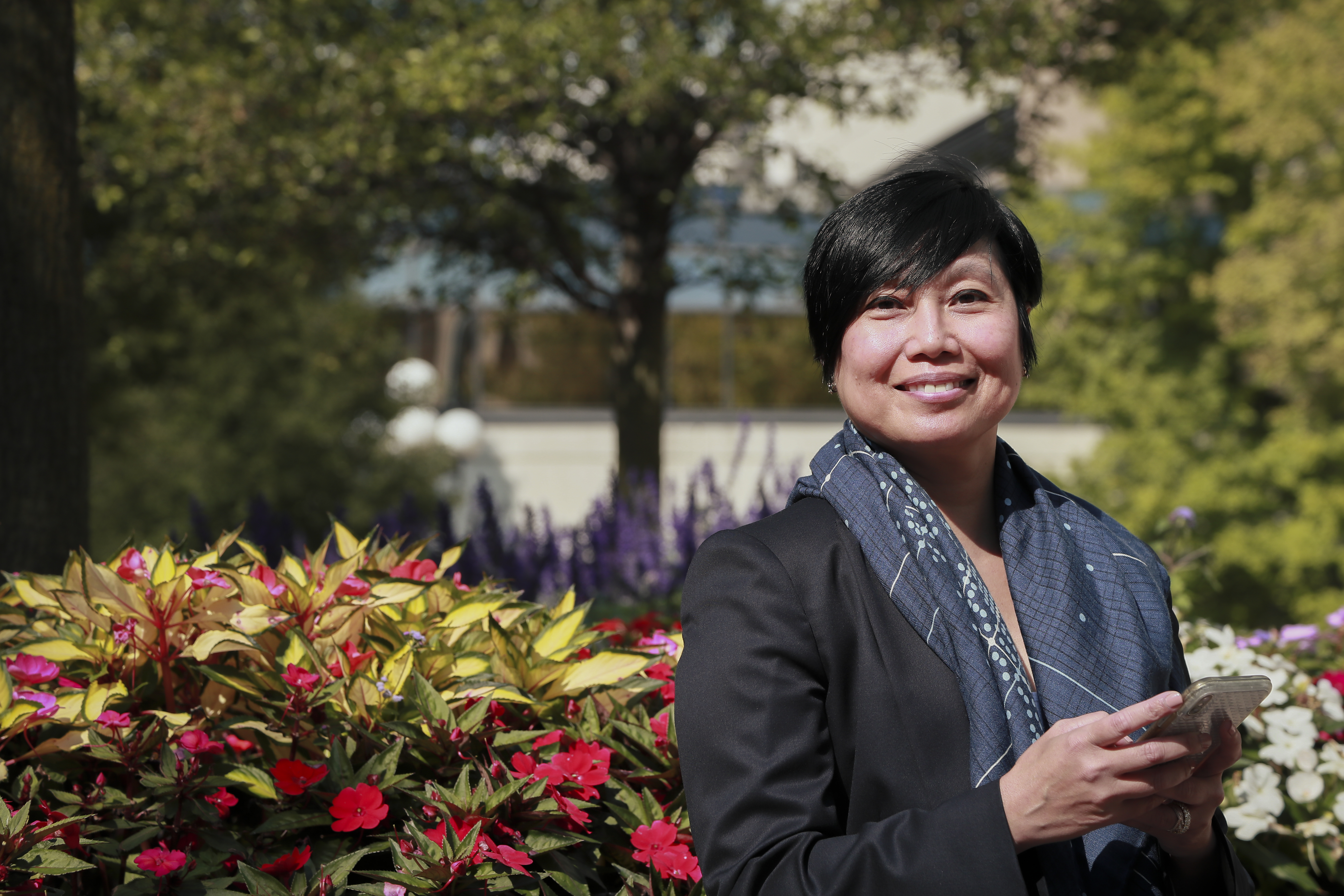Author: Jan Makela, President & CEO, Imaging, GE HealthCare
Whether they know it or not, patients today benefit from the care of an entire team of professionals, with each member of that team playing an integral role. While some, like treating physicians, may be more visible team members, others, like radiologists, provide equally valuable contributions to patient care and management, but rarely interact directly with patients.
Today, as we honor these important care specialists on International Day of Radiology, I had the chance to sit down for a brief Q&A session with Dr. Ruth Carlos, professor of radiology at the University of Michigan Medical School and editor-in-chief of the Journal of the American College of Radiology, to discuss the important role radiology plays in patient care.
What got you interested in a career in radiology?
Carlos: I’ve dedicated my life to helping improve the lives of patients in my care. As a young physician, I was drawn to radiology for its ability to visualize what’s happening inside the body, as well as how that information can be used to help inform and guide care. And now, as imaging technology becomes more sophisticated, it’s exciting to see how we’re able to visualize smaller and smaller structures, with the goal of ultimately being able to use all of the imaging technology at our disposal to eventually look at what’s happening at the cellular level.
And the field of radiology is always changing, always improving. I think it’s one of the most innovative fields, and I love how we’re able to take this technology and expand into the community to improve access to care. As these technologies get smaller and lighter, we’re able to deploy them on mobile platforms and help overcome access issues in communities that often struggle with traditional hospital- or healthcare system-oriented care. Wouldn't it be great if we could do a one-stop-shop for cancer screening, parking a van in a neighborhood that’s in need of screening?
How is technology reshaping the radiology practice?
Carlos: The ultimate goal is to bring personalized, precision medicine into radiology care delivery, and technology is what’s going to get us there. As I mentioned, imaging technology is allowing us to see more and in greater detail, but I also think that artificial intelligence (AI) is what will really take the specialty to the next level. AI has already shown that it can enhance – not replace – the work we do, and I think that AI has incredible potential to aggregate and synthesize large amounts of data and provide support for the practicing radiologist, getting us closer to that goal.
AI also has great capacity to increase efficiency of care delivery in and of itself, as well as to provide additional supportive services. For example, we can utilize it to potentially develop tools to better communicate results with the patient using the patient’s preferred language, and even the patient’s preferred vernacular. I believe that communicating with the patient so that they feel more comfortable reading and interacting with the radiologist report and understanding how that information will be used can lead to better overall care.
What are your thoughts on the future of radiology and where the specialty is headed?
Carlos: As chair of the Board of Review for the Association of University Radiologists GE Radiology Research Academic Fellows (GERRAF) for the last 10 years, I’m committed to helping support future generations of radiologists. Interestingly, an analysis done by Johns Hopkins Medicine shows that applications by medical students for U.S. radiology residency programs are on the rise, with diagnostic radiology seeing the highest growth among 23 medical specialties. In fact, The annual growth rates for diagnostic radiology, radiation oncology and interventional radiology exceeded every other medical specialty for the past three years.
On International Day of Radiology, and every day, I want to share the enthusiasm, the potential, the richness of radiology as a field of practice and the value that we provide, not just in diagnostic cases, but also in holistic care. Even though we may sometime “work in the shadows,” we are proud to be a part of the patient’s overall care team and are as committed to their wellness as the physicians who see them in clinical and hospital settings.

